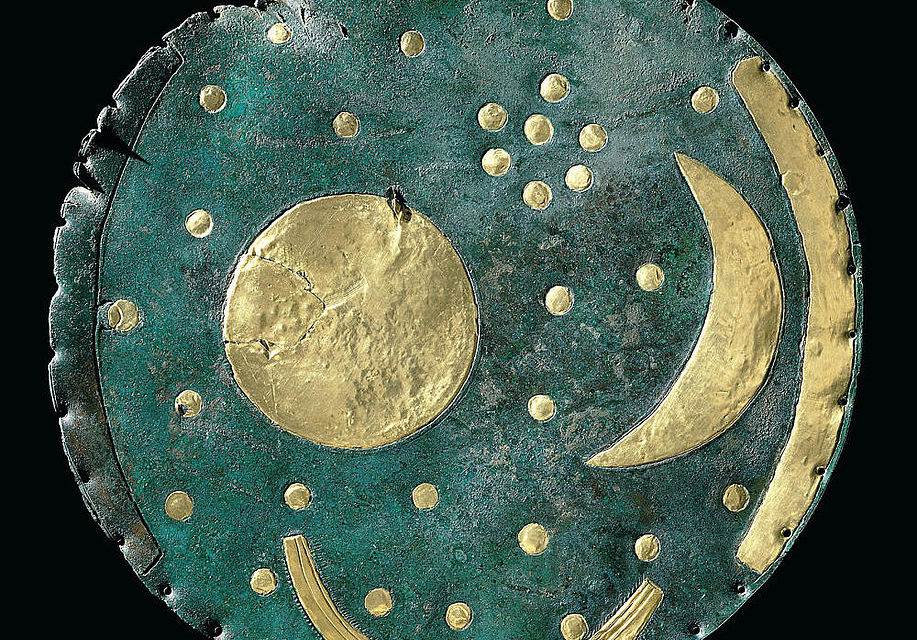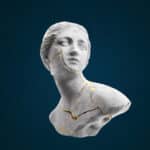People have been observing the starry sky at night since time immemorial. It was not only fascination and awe that played a role, but also very practical aspects that were essential for survival.
The Nebra Sky Disk was both a cult object and a scientific instrument. If you want to admire the original, you should pay a visit to the State Museum of Prehistory in Halle. Here you can see the original Nebra Sky Disk and find out exactly how to interpret it.
Which groups of stars are depicted on the Nebra Sky Disk? What is the significance of the depiction of the crescent moon? And what is the arch on the side and the seemingly randomly added semicircle on the lower edge doing on the Sky Disk? These are just some of the questions that will be answered at the State Museum of Prehistory in Halle.
In the permanent exhibition at the State Museum of Prehistory in Halle, you can expect not only a journey back in time to the world of stars in the Early Bronze Age, but also exciting insights into other epochs from the Stone Age to the Early Middle Ages.
The Nebra Sky Disk - an archaeological find of the century
There are few archaeological exhibits that are as sought after by museums as the Nebra Sky Disk. Copenhagen, Vienna, Basel, Berlin - it has already been on display in these cities as the centerpiece of various exhibitions, and the approximately 3,600-year-old bronze disk will soon be on display in London too. It is a visitor magnet, including at the State Museum of Prehistory in Halle (Saale), where the world's oldest concrete depiction of the sky has been "at home" since 2002 and has been on permanent display since 2008. In June 2013, the Nebra Sky Disk was added to the Memory of the World Register by UNESCO. This register includes documents that represent the collective memory of different peoples.
But what exactly is depicted on the Sky Disc? Why is the Sky Disc an archaeological find of the century? And what is actually behind the "mystery" surrounding the discovery of the Sky Disc? Answers to these and other questions can be found at the State Museum of Prehistory in Halle, but also at the Nebra Ark Visitor Center, where the Sky Disc was found. Here, the history of the archaeological treasure comes to life. For example, you will also learn that the disk was used by Bronze Age people to calculate the optimum time for sowing and harvesting.
www.landesmuseum-vorgeschichte.de


















